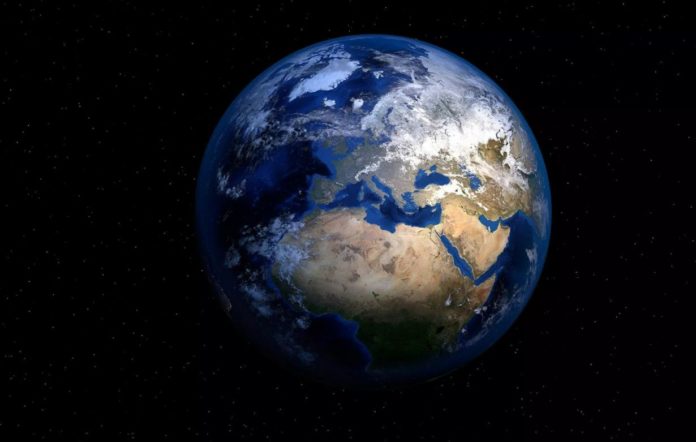A hidden layer could be found inside the Earth’s core, a new study reveals. If the discovery is confirmed, the geology manuals will have to be rewritten.
The core of our planet is more complex than previously believed. This is the conclusion reached by a team of researchers from the Australian National University led by geophysicist Joanne Stephenson.
- Does This Mean We Stopped Being Animal and Started Being Human Due to ‘Copy Paste’ Errors?
- The One Lifestyle Choice That Could Reduce Your Heart Disease Risk By More Than 22%
- Aging: This Is What Happens Inside Your Body Right After Exercise
- Immune-Boosting Drink that Mimics Fasting to Reduce Fat – Scientists ‘Were Surprised’ By New Findings
- Gun Violence in America: What They Don’t Talk About at the Debate
“Traditionally we have been taught that the Earth has four main layers: the crust, the mantle, the outer core, and the inner core,” explains Stephenson. But now, this concept has been called into question.
The core of the Earth is divided into two parts. The outer is composed of liquid metals at temperatures of 2,200 to 4,980 degrees Celsius and begins at about 2,900 kilometers deep. At about 5,150 km from the earth’s surface, the core becomes solid iron and a little nickel.
Since there is no way to get to the inner core, where temperatures approach those of the Sun’s surface, scientists use seismic waves to understand what the core looks like. The waves from an earthquake on one side of the planet that are detected on the other after having passed through the center of the Earth show subtle changes that scientists can use to recreate a picture of the structure they have passed through.
When waves pass through the core from north to south, they travel faster than waves that pass parallel to Earth’s equator. The phenomenon is known as anisotropy. But at the very center of the inner core, something appears to be different, scientists observed in the early 2000s. At this depth, the anisotropy did not appear to match that of the rest of the inner core.
“Over the past two decades it has been very unclear what this shift in the data at the center of the Earth is and why we noticed it,” says Stephenson, who with his colleagues assembled a data set of about 100,000 seismic waves that passed through this level of the kernel and applied an algorithm that looks for the best physical explanation of what happens to explain the data.
What they discovered was that in the inner core, starting at about 650 km from the center of the Earth, the anisotropy is no longer entirely parallel to the equator but deviates about 54 degrees.
“We found evidence that may indicate a change in the iron structure [of the core], suggesting perhaps two separate cooling events in Earth’s history,” says Stephenson.
Analyzing the structure of the nucleus is important because it is what creates the Earth’s magnetic field. The magnetic field, in turn, protects the planet from charged particles from the Sun and allows life to evolve.
- Does This Mean We Stopped Being Animal and Started Being Human Due to ‘Copy Paste’ Errors?
- The One Lifestyle Choice That Could Reduce Your Heart Disease Risk By More Than 22%
- Aging: This Is What Happens Inside Your Body Right After Exercise
- Immune-Boosting Drink that Mimics Fasting to Reduce Fat – Scientists ‘Were Surprised’ By New Findings
- Gun Violence in America: What They Don’t Talk About at the Debate
The results of the study were published in the Journal of Geophysical Research: Solid Earth.
